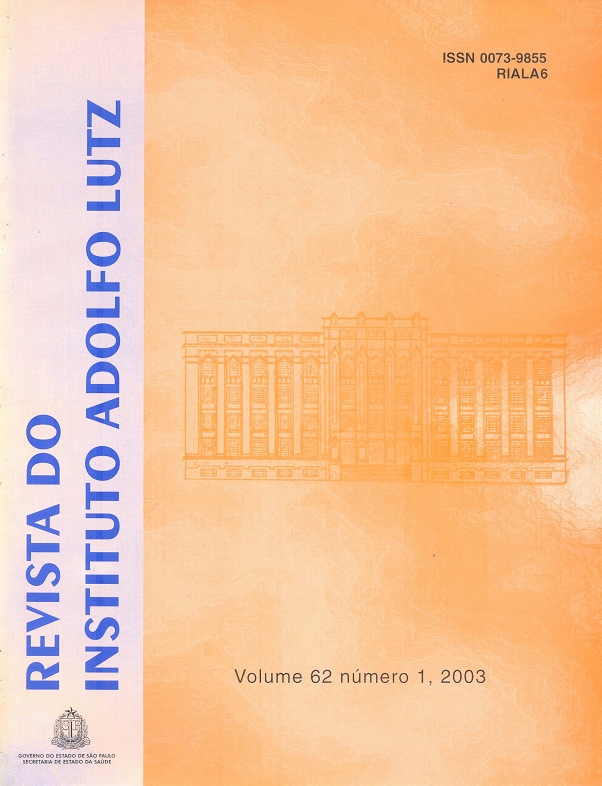Resumo
Campomanesia xanthocarpa Berg, a species that
belongs to the Myrtaceae family, is popularly known as
gabiroba. Several therapeutic properties are attributed to
the various Campomanesia species, such as treating
diarrhea, fever, cystitis and urethritis. This project aims at
contributing through a chemical and pharmacological study
of lyophilized hydrated alcohol extract and the vegetable
drug made from leaves. The pharmacological and botanical
features of the vegetable drug are indicated in order to help
with the diagnosis. Main macroscopic features of the
dehydrated leaves include: wavy edges, translucent blade
spots, venation type, blade and leafstalk forms and scent.
The main anatomical features are: dorsiventral mesophyll;
large idoblasts containing prismatic crystal in the palisade
parenchyma; predominance of anomocytic stomata in the
hypostomatic leaves, globose segregating cavity associated
to both surfaces, covered by cells organized in pairs where
the commissure wall appears straight, sinuous, or in zigzag;
bicollateral vascular bundle and system organized in an open
arch, prismatic crystals in the phloem region.
Photomicographs illustrate the study. The phytochemical
screening of the vegetable drug and the lyophilized extract
(EHA) indicated the presence of essential oil, flavonoids,
tannins and saponins. The essential oil content in the fresh
leaves was 0.11%. Linalol (29%) and globulol (20%) were
identified as the main oil components. Tannin content was
2.86% in the drug and 8.49% in the EHA extract. The saponin
content was 6.27% in the drug and 16% in the EHA extract.
The extract displayed a high antioxidant activity in the model
of malonyl dialdehyde production measure with Q1/2= 0,2891
ìg/mL. In the copper sulfate-induced lipoperoxydation
inhibition assay the EHA extract significantly reduced Lagtime and Peak-time for low-density lipoprotein (LDL)
oxidability. The EHA extract displayed antiulceration activity
in the acute induction model by hydrochloric acid in ethanol,
with a 62% protection percentage. The EHA extract displayed
antibacterial activity with: CMI >1,000 and <500 mg/mL
relative to Staphylococcus aureus; CMI <500 and >100 mg/
mL for Salmonella cholerasuis and CMI <1.000 and >500
mg/mL regarding Candida albicans. The EHA extract
displayed cytotoxic activity in the artemias lethality trial,
with DL
50 of 0,503 mg/mL. The EHA extract displayed no
toxicity in the acute toxicity trial in the 5g/kilo oral dosage
per animal body weight.

Este trabalho está licenciado sob uma licença Creative Commons Attribution 4.0 International License.
Copyright (c) 2003 Markman, B. E. O
